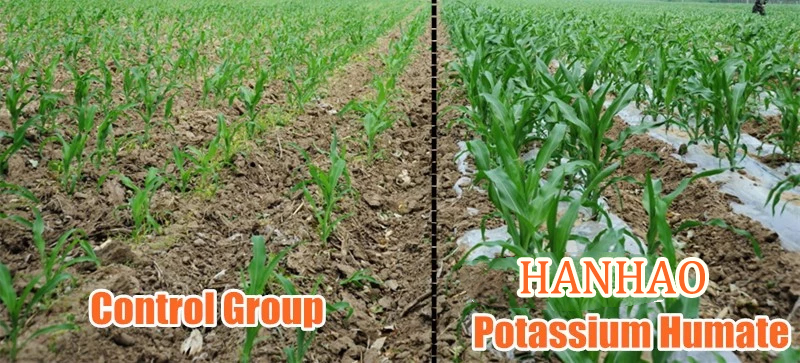
Ноя . 07, 2024 23:15 Back to list
NPK Fertilizer Analysis 25-5-5 for Optimal Plant Growth and Health
Understanding NPK 25-5-5 A Complete Guide to Fertilizer
Fertilizers play a vital role in enhancing agricultural productivity by supplying essential nutrients to plants. Among the various types of fertilizers available, NPK fertilizers are particularly popular due to their balanced nutrient composition. NPK stands for Nitrogen (N), Phosphorus (P), and Potassium (K), the three primary nutrients necessary for healthy plant growth. One of the specific formulations that farmers often utilize is NPK 25-5-5. In this article, we will explore the significance of this fertilizer ratio and its optimal use in agriculture.
Component Breakdown
The numbers in the NPK ratio indicate the percentage by weight of each nutrient in the fertilizer. In the case of NPK 25-5-5, it contains
- 25% Nitrogen (N) Nitrogen is crucial for the vegetative growth of plants. It is a key component of chlorophyll, the green pigment that allows plants to photosynthesize. Adequate nitrogen levels result in lush, green leaves, which are essential for maximizing light absorption and energy production. High nitrogen fertilizers like NPK 25-5-5 are often used during the early growth stages of crops that require rapid vegetative development.
Understanding NPK 25-5-5 A Complete Guide to Fertilizer
- 5% Potassium (K) Potassium is critical for regulating various physiological processes in plants, including water uptake, enzyme activation, and photosynthesis. It enhances root development and improves the overall resilience of plants to diseases and drought conditions. Similar to phosphorus, the lower percentage of potassium indicates a focus on nitrogen rather than excessive potassium supplementation.
npk 25 5 5

When to Use NPK 25-5-5
NPK 25-5-5 is particularly beneficial for crops that thrive on increased nitrogen levels, such as leafy vegetables (e.g., lettuce, spinach) and grains (e.g., wheat, corn). Farmers typically apply this fertilizer during the early growing season when plants are establishing their growth and biomass.
However, it's essential to conduct soil tests before applying NPK 25-5-5 to ensure that the nutrient composition aligns with the specific needs of the soil and the crops being cultivated. Over-fertilization, particularly of nitrogen, can lead to nutrient runoff into waterways, contributing to pollution and harmful algal blooms. Thus, the careful application of NPK fertilizers is crucial for sustainable agriculture practices.
Application Techniques
The application of NPK 25-5-5 can be achieved through various methods, including broadcasting, banding, and fertigation (injecting fertilizers into irrigation systems). The method chosen often depends on the crop type, stage of growth, and environmental conditions. It’s also crucial to follow the recommended application rates to optimize nutrient uptake and minimize waste.
Conclusion
In conclusion, NPK 25-5-5 is a specialized fertilizer that provides a high percentage of nitrogen to support vigorous plant growth while supplying essential amounts of phosphorus and potassium. Understanding the implications of this fertilizer's nutrient profile enables farmers to optimize their crop yields while maintaining sustainable practices. By utilizing NPK 25-5-5 effectively, growers can produce healthier plants and contribute to global food security, demonstrating the vital connection between fertilizers and successful agriculture. As with any agricultural inputs, education and careful consideration of crop needs are paramount for achieving the best results.
-
10 10 10 Fertilizer Organic—Balanced NPK for All Plants
NewsJul.30,2025
-
Premium 10 10 10 Fertilizer Organic for Balanced Plant Growth
NewsJul.29,2025
-
Premium 10 10 10 Fertilizer Organic for Balanced Plant Growth
NewsJul.29,2025
-
Premium 10 10 10 Fertilizer Organic for Balanced Plant Growth
NewsJul.29,2025
-
50 Pound Bags of 13-13-13 Fertilizer for All Plants – Bulk & Organic Options
NewsJul.28,2025
-
High-Efficiency 15-30-15 Granular Fertilizer for Healthy Crops
NewsJul.28,2025
